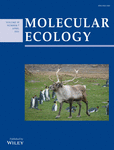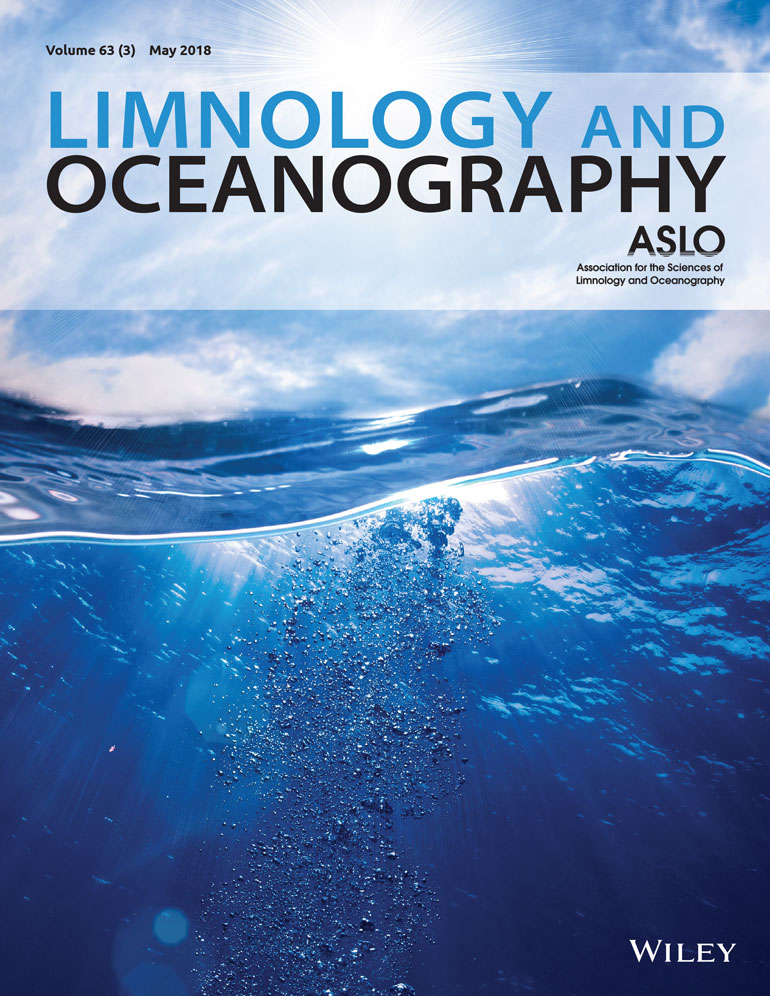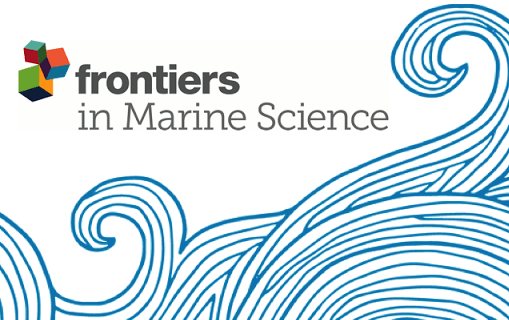- Department:(Dept. 3) Plankton and Microbial Ecology
Land-use type temporarily affects active pond community structure but not gene expression patterns
The team investigated the ffects of land-use type on the composition and gene expression activity of aquatic organisms, using an eRNA approach. At times, there is a temporary difference in the active community structure between ponds in grasslands, forests, and arable fields, but not in the expressed functions. Soon after, the active community returns to being homogenous across the land-use types.
A global agenda for advancing freshwater biodiversity research
Researchers from 90 scientific institutions worldwide have stated that freshwater biodiversity research and conservation lag far behind the efforts in terrestrial and marine environments. They propose a research agenda with 15 priorities aimed at improving research on biodiversity in lakes, rivers, ponds and wetlands. This is urgently needed as the loss of biodiversity there is dramatic.
Recovery of freshwater microbial communities after extreme rain events is mediated by cyclic succession
The authors investigated the resilience of aquatic microbial communities, especially in small ponds, against flooding events. The most interesting result of their high temporal-resolution study was that the microbial communities, in particular bacteria, were surprisingly resilient against flooding events and that bacterial community repeatedly showed a defined path of recovery.
Widespread deoxygenation of temperate lakes
The authors analyzed a combined total of 45,148 dissolved oxygen and temperature profiles and calculate trends for 393 temperate lakes that span 1941 to 2017. They found that a decline in dissolved oxygen is widespread in surface and deep-water habitats. Declines in dissolved oxygen in freshwater are 2.75 to 9.3 times greater than observed in the world’s ocean.
Corrigendum to: The global Microcystis interactome
The authors surveyed the microbiome associated with Microcystis aeruginosa during blooms in 12 lakes. Their results indicate that M. aeruginosa is cosmopolitan in lakes across a 280° longitudinal and 90° latitudinal gradient. The microbiome communities were represented by a wide range of operational taxonomic units and relative abundances which determine the success of the cyanobacteria blooms.
Characterizing the “fungal shunt”: parasitic fungi on diatoms affect carbon flow and bacterial communities in aquatic microbial food webs
The study demonstrates that parasitic fungi profoundly modify microbial interactions through several mechanisms (e.g., stimulating bacterial colonization on phytoplankton cells, altering the community composition of bacteria). Hence, fungal microparasites can substantially shape the microbially mediated carbon flow at the base of aquatic food webs which we termed "fungal shunt" .
Marine algae facilitate transfer of microplastics and associated pollutants into food webs
In this conceptual paper, the authors argue that micro- and macro-algae represent an underappreciated, yet, important pathway for transporting microplastics and associated pollutants via marine food webs to humans, facilitating potential invasion of pathogens into the human body. For the assessment of human health risks, interactions between microplastics and algae need to be explored.
A novel measurement-based model for calculating O2 flux at interfaces in aquatic environments
This study presents a novel model approach for diffusive fluxes of dissolved gases, nutrients, and solutes from concentration profiles measured across the substrate-water interfaces using microsensors. The model offers a robust computational scheme for automatized determination of the interface position and enables precise calculations of the interfacial diffusive fluxes simultaneously.
From microbes to mammals: agriculture homogenizes pond biodiversity across different land-use types
The team investigated the aquatic biodiversity in ponds located in different land-use types embedded in an agricultural area. Intensive agriculture erased most differences in aquatic biodiversity between grasslands, forests, and arable fields across all species from microbes to large organisms. Sediments, serveing as a biodiversity archive, reveal that such differences occured in the area.
Stratification strength and light climate explain variation in chlorophyll a at the continental scale in a European multilake survey in a heatwave summer
To determine the drivers of phytoplankton biomass, the authors collected morphometric, physical, and biological data in 230 lakes in different European climatic zones. This summer snapshot of phytoplankton biomass and its drivers supports that light and stratification metrics are better predictors for phytoplankton biomass in nutrient-rich lakes than nutrient concentrations or surface temperature.










